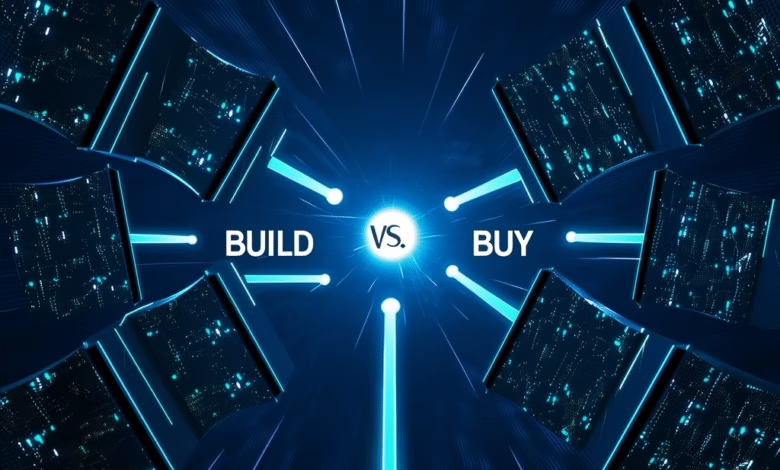Build vs. Buy: The Future of GenAI for Businesses

▼ Summary
– Organizations must decide whether to train their own AI models or purchase third-party solutions to integrate AI faster.
– Spending on both generalized and specialized AI models is expected to grow, as most organizations have niche needs and limited specialized data.
– Gartner predicts end-user spending on GenAI models will reach $14.2 billion in 2025, up from $5.7 billion in 2024.
– By 2027, half of enterprise AI models will be domain-specific, compared to just 1% in 2024.
– The future of GenAI adoption depends on factors like model architecture, training costs, and infrastructure affordability.
Businesses worldwide face a critical decision when it comes to generative AI: Should they invest in building custom models or rely on third-party solutions? This choice will shape how organizations integrate AI into their workflows, balancing speed, cost, and specificity. While tech giants pour billions into developing massive general-purpose models, most companies operate in niche domains where off-the-shelf solutions may not fully align with their needs.
The debate mirrors historical shifts in enterprise software. Decades ago, generic accounting systems gave way to industry-specific platforms tailored for manufacturers, retailers, and other sectors. Experts predict generative AI will follow a similar trajectory, with specialized models eventually dominating corporate adoption. Gartner forecasts end-user spending on GenAI models to reach $14.2 billion by 2025, a sharp increase from $5.7 billion in 2024.
Third-party GenAI adoption is accelerating rapidly, jumping from $1.4 billion in 2023 to nearly four times that amount the following year. However, future growth remains uncertain. Much depends on technological advancements, such as mixture-of-expert models that outperform monolithic architectures, and whether these innovations remain accessible. If training costs drop significantly, more businesses may opt to develop in-house solutions. Conversely, if infrastructure demands stay prohibitive, reliance on external providers will intensify.
Gartner projects that by 2027, half of enterprise AI models will be domain-specific, up from just 1% today. The data also reveals a growing portion of GenAI budgets dedicated to model acquisition, rising from 25% in 2023 to an estimated 38% by 2025. Yet these figures overlook a crucial factor: the untracked billions spent by companies developing proprietary systems. Historically, many organizations have built their own software rather than licensing it, a trend that could repeat with AI.
The path forward hinges on balancing customization with practicality. While pre-trained models offer speed and convenience, bespoke solutions provide precision, if companies can shoulder the cost. As the AI landscape evolves, businesses must weigh these trade-offs carefully to stay competitive.
(Source: Next Platform)






